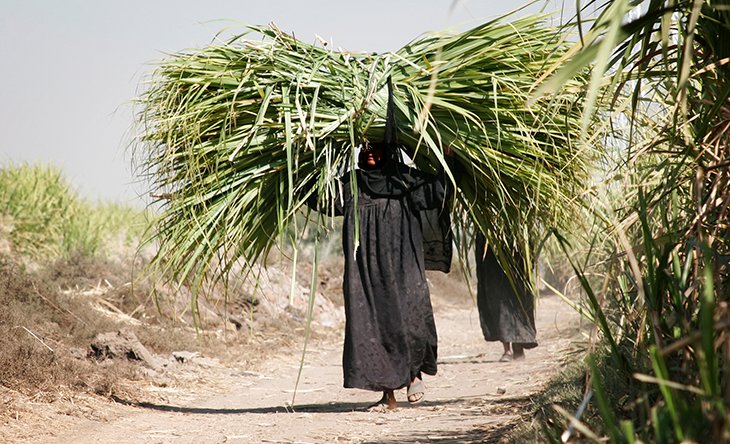Catch up with Climate Change Chronicles
We spent a year documenting climate change around the globe
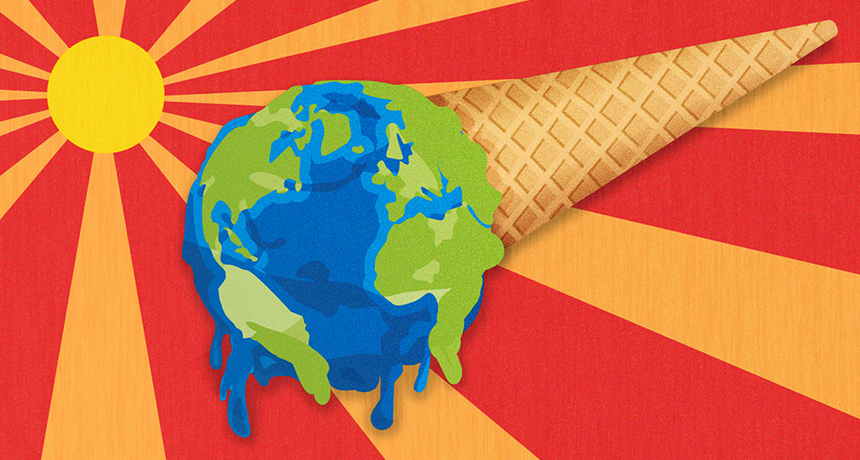
Climate change is underway, and affecting the entire planet. Science News for Students dedicated an entire year to the topic in our Climate Change Chronicles.
myillo/iStockphoto, adapted by E. Otwell
No single species has ever been responsible for big changes on Earth. Until now.
Human activities — particularly the burning of fossil fuels — have emerged as a driving force in changing the chemistry of Earth’s atmosphere. That has caused Earth’s seas to become slightly more acidic. And it has warmed average temperatures near the planet’s surface and in its upper oceans. Those temperature changes have, in turn, altered climate worldwide. In response, species have begun to change where and how they live.
During the 2018-2019 school year, Science News for Students delved into those changes, with stories that focused on the new science behind them. From the start, we explored how Earth’s life — including humans — has begun to adapt. It’s a mistake to think that climate change is something that will only happen sometime later this century. These changes are underway now.
These are the 10 main features from the series. Check out the additional 33 stories at Climate Change Chronicles.
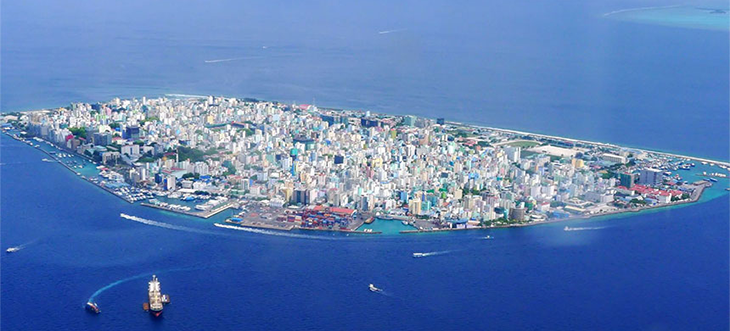
Climate change sets people on the move Scientists can now point to events around the globe — heat waves, droughts, floods, powerful storms and more — as evidence that climate change is no longer a figment of the future. And it can affect someone’s decision to leave or stay, even if they don’t realize it. Some move within their home country. Others cross borders to foreign lands. Some eventually return home. Others will never be able to return. So far, the numbers aren’t huge. But in the not-too-distant future, millions of people could find themselves migrating long distances in response to Earth’s changing climate.
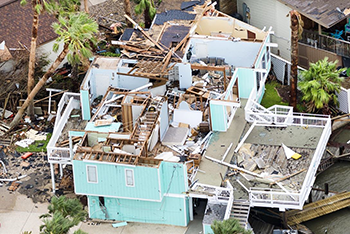
Fingerprint of climate change shows up in some extreme weather Scientists analyze climate data with math and computer models to study weather events. They’re finding ways to quantify, or measure, the impact of climate change. They’re like sports scientists studying a player who hit 10 home runs in a single game. Did he have a really good night? Or did he cheat in some way? The best way to answer such questions is with the new science of “attribution” studies.
The odd ways that weather can unfold in a warming world Heavier rains and stronger storms are among the ways in which a warming world is making our weather weirder. Higher temperatures can trigger droughts. Heat waves become more likely, and droughts can worsen them. There can be changes to both global and local weather patterns. And the effects won’t always be what’s expected. In one truly odd twist, the continuing loss of summertime sea ice in the Arctic Ocean — one big result of a warming world — could make Siberian winters colder. What could be wackier than that?
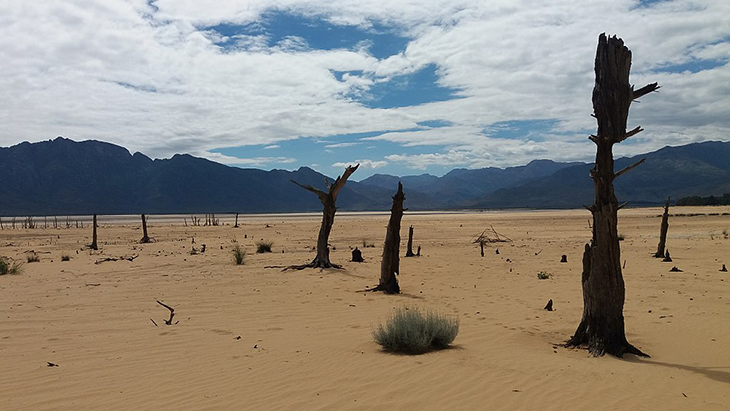
A wave of change is coming to our planet’s water resources People cannot exist without freshwater. Neither can other terrestrial animals or plants. When water becomes scarce, food and other essentials do, too. In fact, without enough freshwater, whole civilizations have crumbled. But freshwater isn’t always abundant. And as Earth’s climate changes, freshwater resources around the globe are headed for trouble. From Africa to Arizona, people are already feeling the effects.
Climate change makes seas rise faster and faster Melted water from once-frozen land, glaciers and other places flows into the sea. That makes sea levels rise — not just in polar regions, but worldwide. Coastal areas and island nations around the globe are already dealing with the effects of rising seas. People can take some steps now to limit the worst impacts and help people adapt. But time to act is running short.
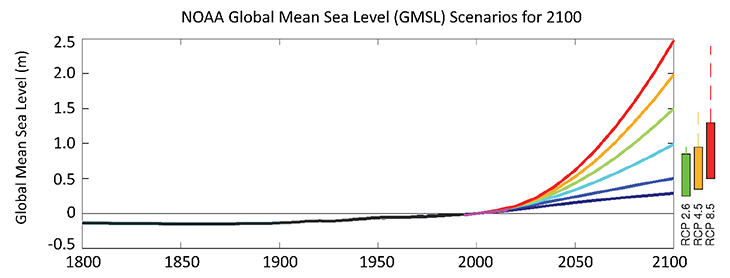
The big melt: Earth’s ice sheets are under attack Antarctica has lost three trillion tons of ice since 1992. But things could get much worse. Scientists fear that by 2100, the rate of ice loss could increase to more than 10 times what it is today. This rapid melt, spread over all of the world’s ice, could raise sea levels an extra 0.6 to 1.8 meters (2 to 6 feet), putting coastal communities at risk.
Shell shocked: Emerging impacts of our acidifying seas Through their industrial activities and the burning of fossil fuels, people have been pumping more and more greenhouse gases, such as carbon dioxide into the air. The ocean will absorb about one-fourth of that gas. There, it will react with water in ways that make the ocean slightly more acidic. People might never notice the change when going for a swim. But to organisms that call the sea home, acidification can be a major source of stress.
Warming pushes lobsters and other species to seek cooler homes As the world warms, species are chasing their preferred temperatures. They’re spreading into places that were once too cold for them, and leaving those that are now too warm. As a result, old ecosystems — communities of species — are falling apart, and new ones are forming. Some species will be winners. Others will be losers.
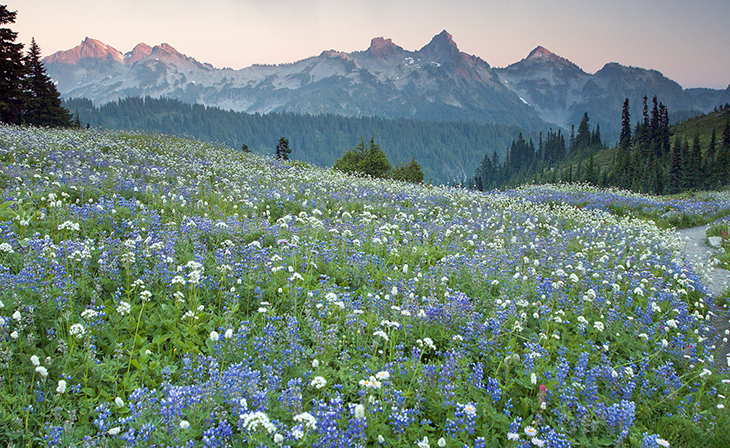
Warning: Climate change can harm your health Climate change is acting in many ways that can affect health. Between 2030 and 2050, a quarter million more people will die each year than would if climate change were not a factor, the World Health Organization now predicts. Threats range from extreme heat to more intense hurricanes. They also include wildfires and the increased spread of some infectious diseases. But the more scientists and engineers learn about climate change and its impacts, the better people will be ready to deal with them.
Get ready to eat differently in a warming world Climate change is affecting what we eat. With warmer temperatures and more pests, farms will produce less food. And farmers will have to work harder to grow what food they do bring to harvest. Some crops might even be less nutritious. We may eat less of foods that are vulnerable to climate change — such as wheat and corn — and more of those crops that can better tolerate drought. Think sorghum. (Mmmm … sorghum!)
